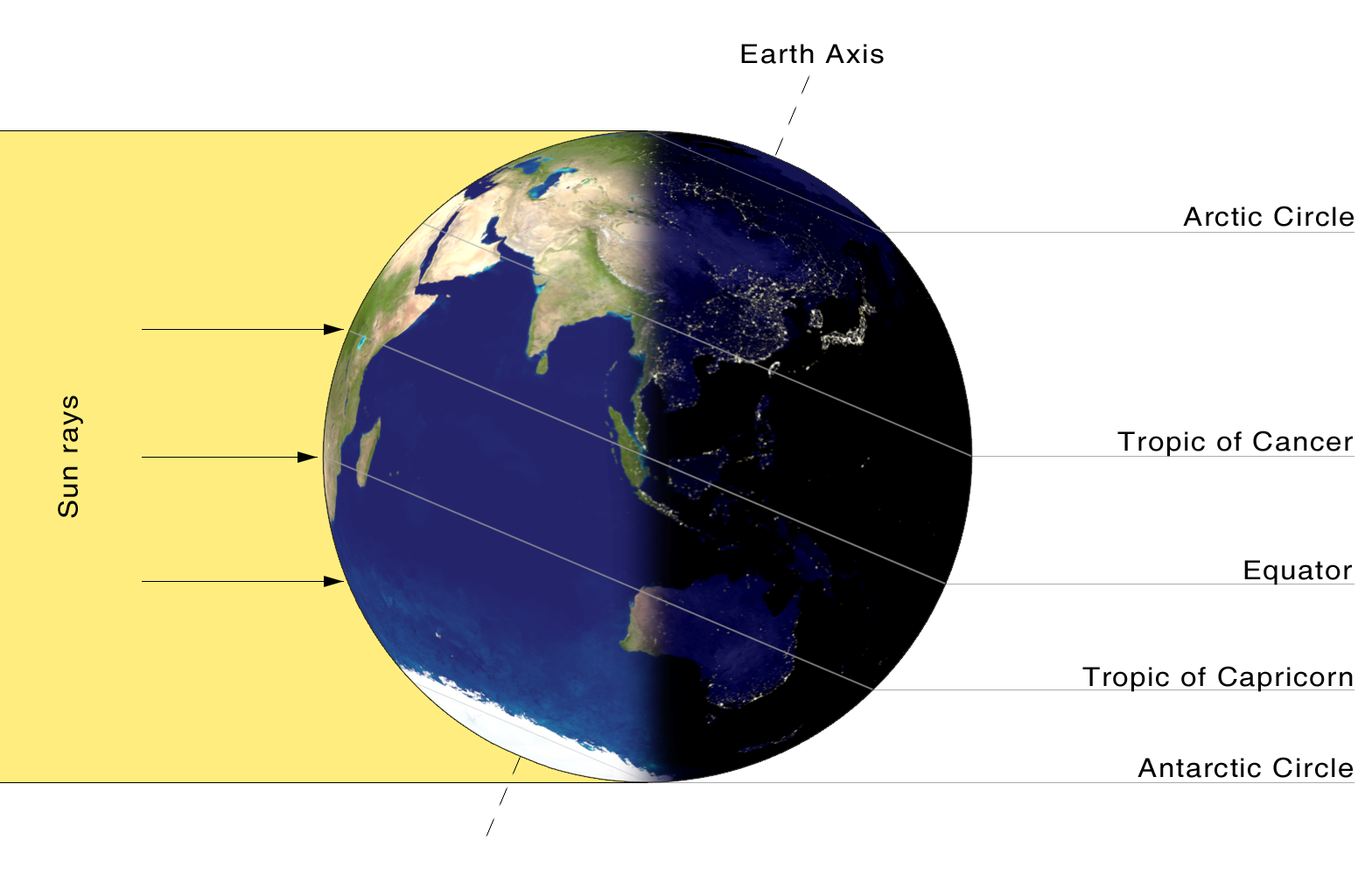December solstice on:
[Wikipedia]
[Google]
[Amazon]
 The December solstice, also known as the southern solstice, is the
The December solstice, also known as the southern solstice, is the
 The December solstice, also known as the southern solstice, is the
The December solstice, also known as the southern solstice, is the solstice
A solstice is the time when the Sun reaches its most northerly or southerly sun path, excursion relative to the celestial equator on the celestial sphere. Two solstices occur annually, around 20–22 June and 20–22 December. In many countries ...
that occurs each December – typically on 21 December, but may vary by one day in either direction according to the Gregorian calendar
The Gregorian calendar is the calendar used in most parts of the world. It went into effect in October 1582 following the papal bull issued by Pope Gregory XIII, which introduced it as a modification of, and replacement for, the Julian cale ...
. In the Northern Hemisphere
The Northern Hemisphere is the half of Earth that is north of the equator. For other planets in the Solar System, north is defined by humans as being in the same celestial sphere, celestial hemisphere relative to the invariable plane of the Solar ...
, the December solstice is the winter solstice
The winter solstice, or hibernal solstice, occurs when either of Earth's geographical pole, poles reaches its maximum axial tilt, tilt away from the Sun. This happens twice yearly, once in each hemisphere (Northern Hemisphere, Northern and So ...
(the day with the shortest period of daylight), whilst in the Southern Hemisphere it is the summer solstice
The summer solstice or estival solstice occurs when one of Earth's poles has its maximum tilt toward the Sun. It happens twice yearly, once in each hemisphere ( Northern and Southern). The summer solstice is the day with the longest peri ...
(the day with the longest period of daylight). During December solstice, the Sun is directly over the Tropic of Capricorn
The Tropic of Capricorn (or the Southern Tropic) is the circle of latitude that contains the subsolar point at the December (or southern) solstice. It is thus the southernmost latitude where the Sun can be seen directly overhead. It also reach ...
, located in the Southern Hemisphere.
The December solstice is often seen as the middle of winter
Winter is the coldest and darkest season of the year in temperate and polar climates. It occurs after autumn and before spring. The tilt of Earth's axis causes seasons; winter occurs when a hemisphere is oriented away from the Sun. Dif ...
in the Northern Hemisphere and the middle of summer
Summer or summertime is the hottest and brightest of the four temperate seasons, occurring after spring and before autumn. At or centred on the summer solstice, daylight hours are the longest and darkness hours are the shortest, with day ...
in the Southern Hemisphere.
Solar year
The December-solstice solar year is the solar year based on the December solstice. It is thus the length of time between adjacent December solstices. The length of the December-solstice year has been relatively stable between 6000 BC and AD 2000, in the range of 49 minutes 30 seconds to 50 minutes in excess of 365 days 5 hours. This is longer than the mean year of theGregorian calendar
The Gregorian calendar is the calendar used in most parts of the world. It went into effect in October 1582 following the papal bull issued by Pope Gregory XIII, which introduced it as a modification of, and replacement for, the Julian cale ...
, which has an excess time of 49 minutes and 12 seconds. Since 2000, it has been growing shorter. In 4000, the excess time will be 48 minutes 52 seconds, and, in 10000, 46 minutes 45 seconds.
The length of the day near the December solstice
See also
Astronomy
*March equinox
The March equinox or northward equinox is the equinox on the Earth when the subsolar point appears to leave the Southern Hemisphere and cross the celestial equator, heading northward as seen from Earth. The March equinox is known as the ver ...
* June solstice
* September equinox
The September equinox (or southward equinox) is the moment when the Sun appears to cross the celestial equator, heading southward. Because of differences between the calendar year and the tropical year, the September equinox may occur from ...
Holidays
*Midsummer
Midsummer is a celebration of the season of summer, taking place on or near the date of the summer solstice in the Northern Hemisphere; the longest Daytime, day of the year. The name "midsummer" mainly refers to summer solstice festivals of Eu ...
References
{{reflist Calendars Astronomical events of the Solar SystemSolstice
A solstice is the time when the Sun reaches its most northerly or southerly sun path, excursion relative to the celestial equator on the celestial sphere. Two solstices occur annually, around 20–22 June and 20–22 December. In many countries ...
Summer solstice
Winter solstice